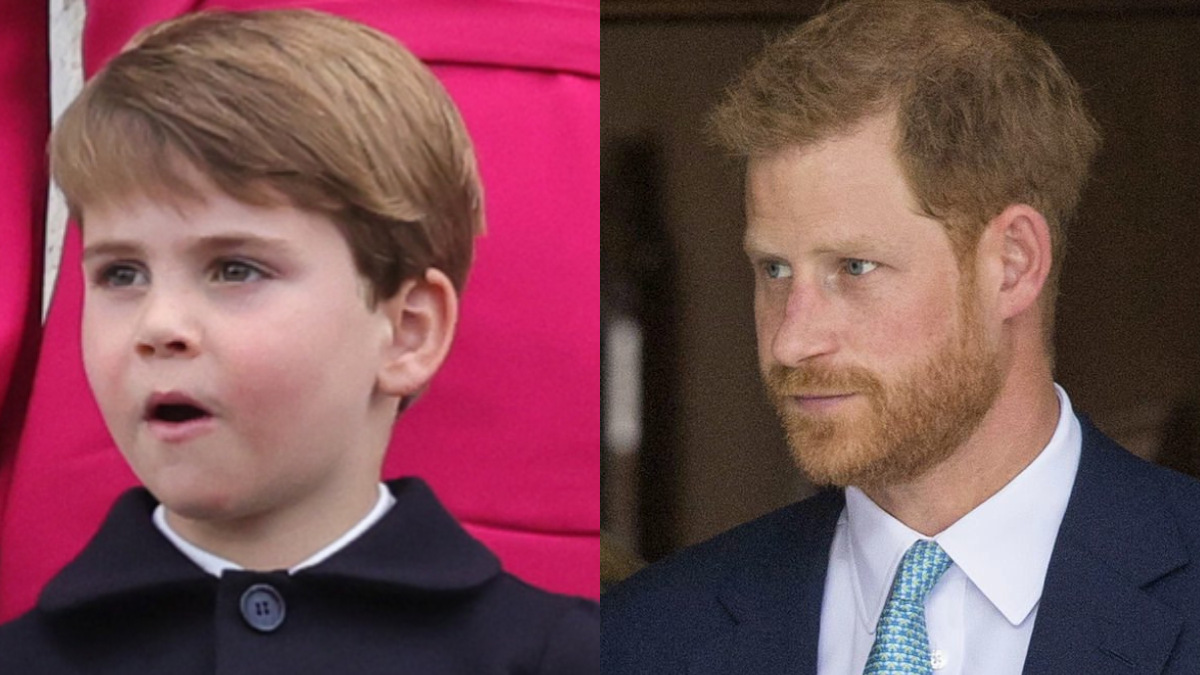India looking at FTA with several East Asian countries
New Delhi, Jan 16 (UNI) Even as negotiations for the India-ASEAN Free Trade Area (FTA) agreement are set to be completed by July this year, India is moving ahead on talks with several East Asian countries for bilateral FTAs.
At the India-ASEAN Summit in Cebu, Phillipines, on Sunday, Prime Minister Manmohan Singh and his counterparts from the 10 ASEAN countries removed the last major hurdles in the way of an FTA between them.
They also directed their officials to complete negotiations on the remaining issues by July this year. Commerce Secrtary G K Pillai, who was part of the Indian delegation to Cebu, told reporters that the India-ASEAN FTA was likely to come into force from January 1 next year.
Meanwhile, a team of officials from Japan is due to arrive here on January 29 for the first round of talks on the proposed Economic Partnership Agreement (EPA) between the two countries.
This follows Dr Singh's visit to Tokyo last month during which the two sides agreed to conclude an EPA at the earliest to deepen and widen their economic engagement.
Mr Pillai said the first round of talks would focus on the terms of reference and the broad parameters of the framework agreement that will form the basis of the EPA. After the terms of reference are defined, further discussions will take place in working groups, he said. The negotiations are expected to take about two years.
The Commerce Secretary indicated that the proposed FTA with South Korea could be signed by the end of this year, with negotiations at an advanced stage.
Negotiations for an FTA with China will commence after a Joint Study Group submits its report by October this year, he indicated.
India already has an FTA agreement with Thailand and a Comprehensive Economic Cooperation Agreement (CECA) with Singapore.
Talks are on with Indonesia and Malaysia currently for FTAs.
India is also considering a similar arrangement with Australia.
"This web of mutually beneficial partnerships can, we believe, be brought together in a Pan Asian FTA that could light up the future of this region," Dr Singh told the summit.
On the proposed CECA with the European Union, Mr Pillai said a team of EU officials would visit Delhi for further discussions after the EU Council of Ministers gives its final clearance next month.
During the talks in Cebu, ASEAN agreed to India's proposal for maintaining a Negative List of 490 items, with trade coverage not exceeding five per cent, by both the sides.
Four items---crude palm oil, refined palm oil, pepper and tea---would remain on the "highly sensitive list". India has offered to bring down tariffs on these items to 50 per cent over the next 15 years. Countervailing duties will remain on these items.
The current rates of duties on them are 100 per cent for tea, 60 per cent for crude palm oil and pepper and 75 per cent for refined palm oil.
India wants a standstill on these items for five years and the reductions to take place over ten years after that. ASEAN wants India to start the reduction from the first year itself, without any standstill. This is one of the issues on which negotiations are likely to go on till the very end.
The base year for calculating tariffs would now be 2007, when the agreement will be signed, instead of 2005 as had been originally planned in the framework agreement.
Mr Pillai said the cap of five per cent would be on the value of exports last year.
But the five per cent cap would not apply equally to individual countries of ASEAN, depending on their trade performance, and there would be room for an excess of 10-15 per cent. This will be one of the details that remain to be negotiated.
About 77 per cent of India's exports to ASEAN will be on the normal list, on which it will bring its tariff to zero in equated annual instalments by 2011 for Cambodia, Laos, Myanmar and Vietnam and by 2015 for the other ASEAN countries---Brunei, Indonesia, Malaysia, Phillipines, Singapore and Thailand.
Similarly, 85 per cent of ASEAN's exports to India would be on the normal list, and tariff on them would be reduced to zero by 2015.
Both sides will reduce the tariff on the sensitive items to between zero and five per cent by 2018.
On the proposal for an East Asia FTA, Mr Pillai said Japan had suggested that a group be set up to conduct an impact study for all the 16 countries who are part of the East Asia Summit. Apart from India, Japan and the 10 ASEAN countries, they are China, South Korea, Australia and New Zealand. Details of the study are still being worked out, he added.
UNI


 Click it and Unblock the Notifications
Click it and Unblock the Notifications




